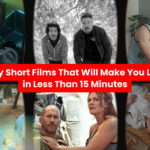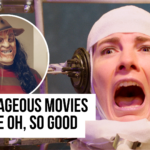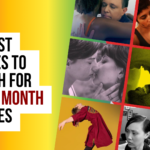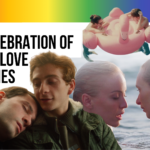Liam Fahy (otherwise known as Long-Winded Liam) is an award winning animator who is known for his short films created during his years at Dún Laoghaire Institute of Art, Design and Technology. Liam cooked up a magical animated adventure in under 6 minutes with his popular short “How To Rob a Witch”.
The imaginative short earned him awards and acclaim. So where did he get such a bewitching idea? We sat down with the award-winning animator to learn more about his inspiration and what he’s been up to since graduating from grad school.
1. How To Rob a Witch was your graduating short film in 2019. What have you been up to since then?
After graduating, I managed to get a steady job designing and animating educational motion graphics videos for teaching math and English in US grade schools. While it certainly isn’t the most exciting animation job, I’m very happy with it as it doesn’t creatively exhaust or stress me, which allows me to work on my own personal projects in the evenings.
These projects have mostly consisted of cutting miniature stamps out of erasers to make prints and designing ink illustrations to sell at art fairs/conventions or on my online shop. They’re a nice break from staring at a screen all day!
I do love making short films but unless you get funding to make one, chances are you’re going to end up with less money than when you started working on it because no one really buys short films. You have to pay film festivals submission fees so that they might consider screening your film, but more often than not they’ll just take your money and run.
Now obviously making art isn’t all about making money, but I wanted to see what I could achieve by putting the same effort I would’ve into making another film into making illustrations and prints that I could physically sell and make some sort of continual return from. Something nice to show my folks, you know?
2. How did you come up with the idea for the story?
After I finished up my 2nd year, I went with my folks to the market in the park near the college. We were sitting around one of the big fountains when we saw these two boys, who must have been no older than 10, jump into the water, scoop up all the wish coins that people had thrown in and waddle off to buy some burgers from the nearest food stand. The sight really stuck with me… I kept thinking that the only thing that was stopping any of us in the park from doing what the boys did was just a little bit of water and our moral compasses.
There had also been a string of burglaries at the time targeting isolated houses in the area where we lived. My grandmother, a very strong willed woman living on her own in the middle of the Irish countryside (not too unlike a witch), really didn’t want to be put in a nursing home for her health and safety because she felt it would rob her of her independence, despite the very real danger that it wouldn’t take much for anyone to force in her door and steal her pension.
It was the combination of all these things that got me thinking about how vulnerable the elderly are in rural Ireland, which would become my theme/golden compass that helped solidify the final idea for the story and informed all my design decisions going forward.
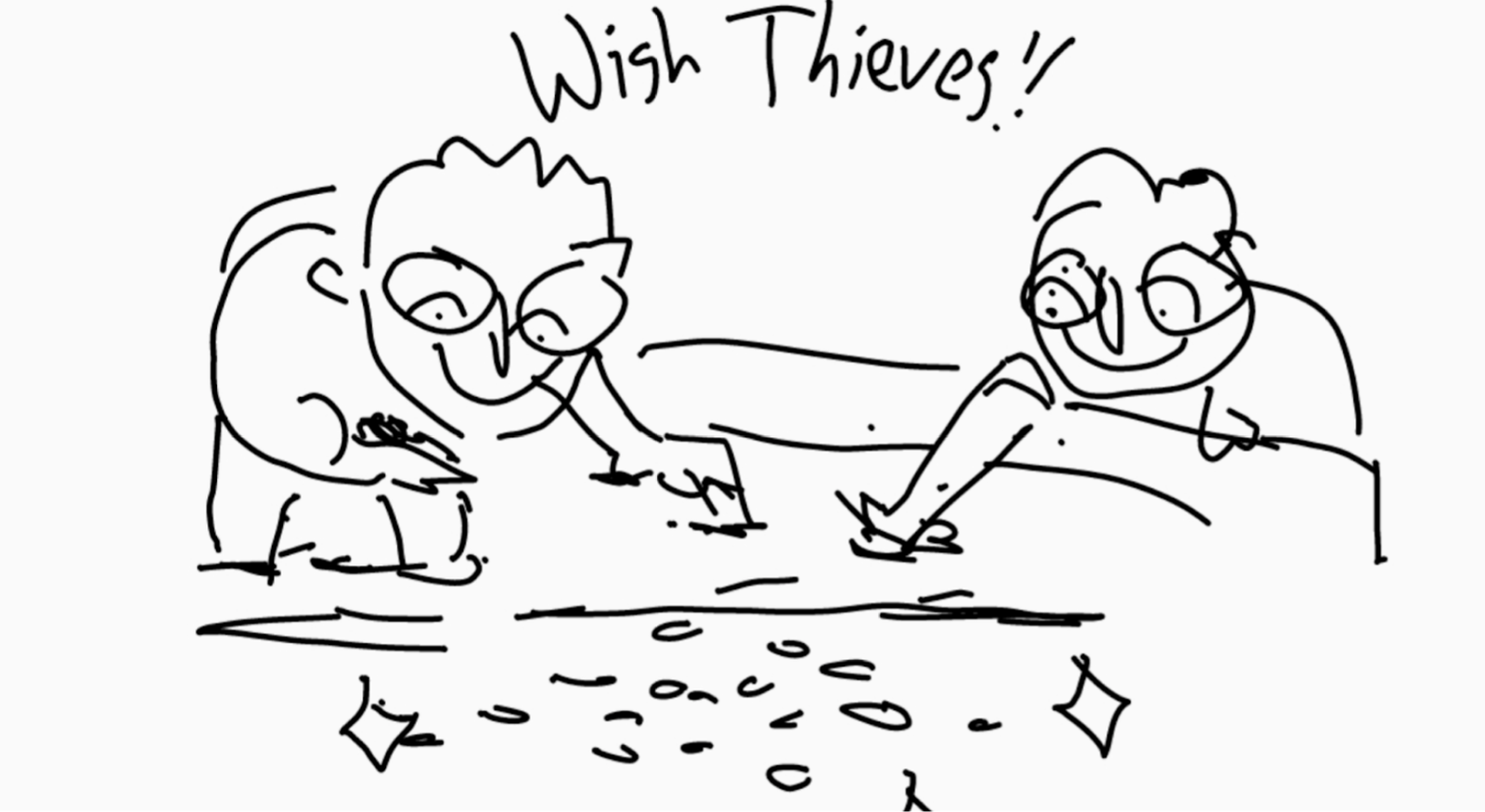
(A quick impromptu doodle I did before my first pitch of the film to my classmates)
3. Were there any inspirations behind the world you built?
Growing up in the Irish countryside, I’ve always been surrounded by lots of different antiquities, from holy wells, fairy forts and old castles or ancient abbey ruins. The subterranean tunnels of the Iron age forts near my home that were used for storage or escape routes and the caves of the Burren region in North Clare gave me a lifelong fascination with underground passageways.
Even to this day I still get a thrill when I go into the basement levels of my apartment building! That in combination with the myths and legends I was told as a kid, which always talk about the fairy folk being hidden just out of sight by some sort of trick, special password or secret key stone sparked the idea for the setting of the witch’s dwelling concealed beneath the wishing well in the woods. The interior of the witch’s home is very much inspired by the cottages of the Bunratty Folk Park, many of which had beds built into the walls with curtains just like the witch’s.
4. Can you walk us through the animation process? How long did it take?
I started pre-production half way through 3rd year in January and continued to work on the script, storyboard and character designs over the summer break. At the start of 4th year, I had a solid animatic ready to pitch to the students who were interested in helping with the animation and backgrounds. At IADT, if you want to make a film for your final year project, you can, but it’s on your head to make it happen! If you can’t convince any of the animation or background specialist students to help you then you have to try to make it on your own.
Thankfully a good few of them were on board so we were able to tie down some last few details before starting minor production around October where we planned/blocked out all the shots: what were the characters key poses/positions in each shot and the perspective grids/camera angles for each shot’s backgrounds.
After taking a break to finish my thesis from November to December we started into major production in January where we got stuck into the actual animation of the characters and doing the final backgrounds. Put simply, the animation process is generally:
Key pose drawings (the start and end poses of a character in the shot) > Breakdown pose drawings (the ‘midway’ poses between the Keys) > In between drawings (the poses between the keys and breakdowns). We’ll do a rough/loose version/pass first of these drawings until we’re happy with how the motion feels when we play them back.
Once we’re happy with that we’ll do a Tie Down pass where we make sure we’ve got all the detail needed in the drawings for us to do the next step, which is to do the Clean Up and Colour where we do the final line work of and colour for each drawing of the animation (and yes, it is as laborious as it sounds). The final step when the animation and background of a shot are finished is to Composite or layer them together using After Effects, which we use to animate camera moves and add various visual effects to give the shot its finished cohesive look.

5. What was the most difficult part about creating the animation?
Figuring out the storyboards and what to cut in order to keep the project in a doable scope while also making sure the story was still clear was certainly tricky. I think my original first full draft was 66 shots, which I managed to edit down to 42. However, I really enjoy solving these types of problems and the whole storyboarding and editing process so it didn’t feel too much like work.
In terms of arduous labor, it was definitely the clean up (ie. doing the final line work for each frame of the characters’ animation). We did all the animation and clean up in TV Paint, which is a lovely program to animate in, but it was a pain to do the final clean linework I was looking for consistently. If I were to do it all over again, I would have tried just doing the animation in TV Paint and the clean up using Adobe Animate, which would have made drawing and manipulating the clean lines much easier from frame to frame.
6. What are some films or TV shows that have influenced your animation style?
The beautiful animation, color palette and line quality of Mercury Filmworks work on Netflix’s show, Hilda, based on Luke Pearson’s comics, was a big inspiration for both my animators and background artists while we were working on the film.
My character designs were heavily influenced by the comic Beautiful Darkness by Marie Pommepuy and Sébastien Cosset, Cartoon Network’s Over the Garden Wall, the Professor Layton games and the awe inspiring work of Amélie Fléchais.
The largest influence on my style has to be the works of Tomm Moore and all the amazing people at Cartoon Saloon, particularly their film Song of the Sea, which had a huge impact on this film. I can never get enough of their line work, use of clear flat shapes in their character designs and shot compositions.
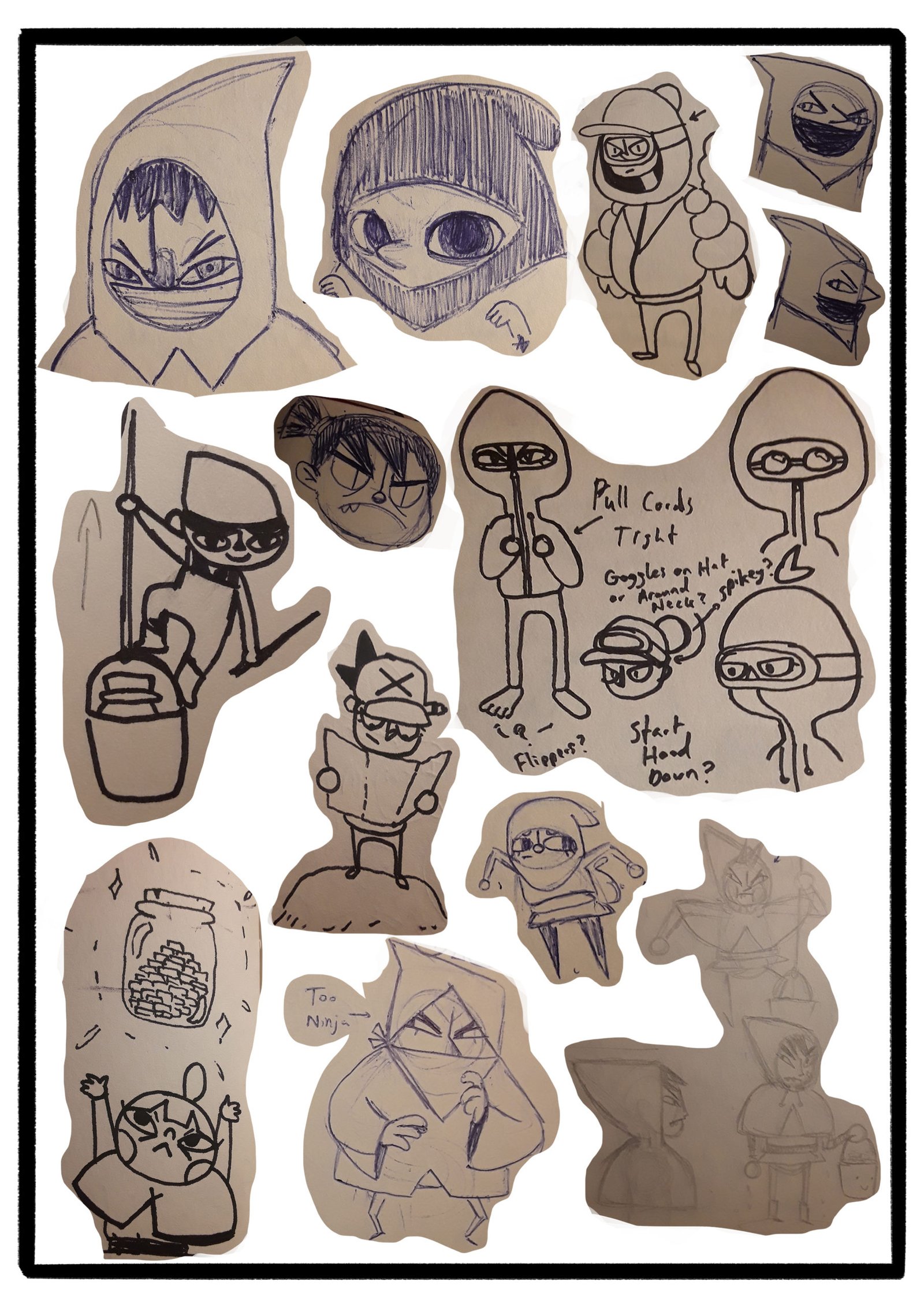
7. What draws you to animation over other methods of storytelling?
On a very basic level, I would say it’s because it suits my sensibilities as what many of my friends would describe as being a cartoonish individual, particularly in my expressions and movements. I’m particularly drawn to the expressiveness of the medium of animation. I’m not sure who said it originally, but everything in animation should be done with an ! mark. In other words, some form of exaggeration. I really like that idea. Animation can be so much larger than life and be a true celebration of all the weird, wonderful and terrible aspects of this crazy world we live in.
I also love figuring out the composition of what’s on screen and the whole process of editing the timing of when and how to cut/transition from shot to shot. It also often goes unmentioned, but working with sound is also such a huge narrative blessing. I very much agree with the statement that a film experience is 60% sound, 40% visuals.
8. What vital lessons have you learned in your journey as an animator?
Here’s my personal top 4:
1. Find the problems you enjoy the process of solving. Then solve them for someone else (and hopefully get paid to do it!).
2. Strive to do the most with the least: less is often more and limitations tend to lead to the most creative solutions. Don’t think of cutting things out as making your project weaker: think of it as freeing you up to allow you to focus and improve its most important parts, rather than spreading yourself thin across its potentially bloated scope.
3. They say your script is never truly complete until you’ve cut your favorite scene/shot, or at least tested a version without it. Who knows? It might have actually been doing your story more harm than good (like I discovered several times over the course of developing How to Rob a Witch). Either way, it’s a great way to reevaluate what its purpose is in your film!
4. The importance of having a clear idea of what the theme/goal or core message of your work is. Once you’ve found it, it will be your golden compass that will guide you through all your design decisions, from pre to post production.
If you want some really good advice on understanding themes, then I highly recommend checking out the You are a Storyteller podcast on YouTube by Brian McDonald.
How to Rob a Witch is a short fantasy heist film about a brother and sister who robs a witch’s house hidden beneath a wishing well deep in the woods. Watch it now on Reveel!



